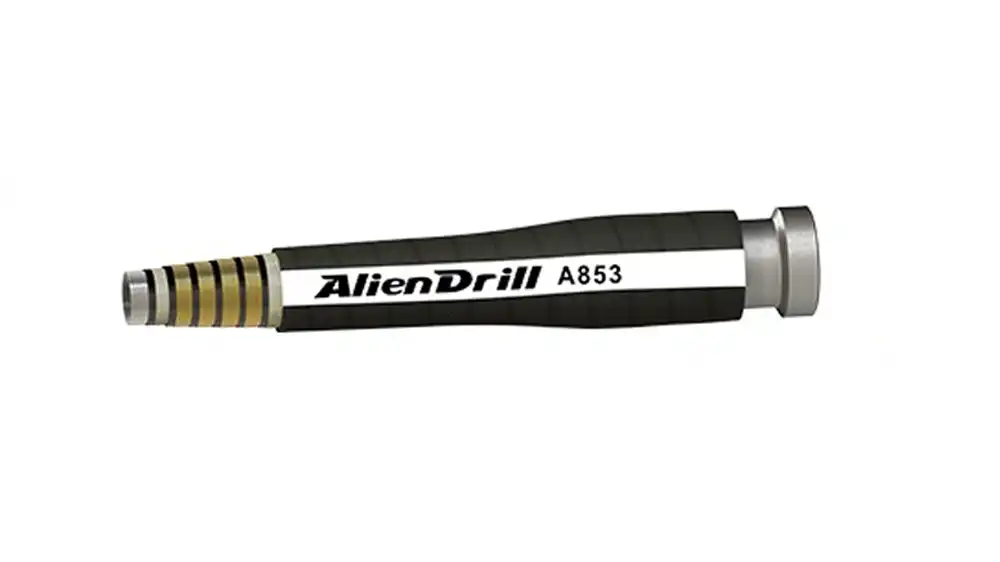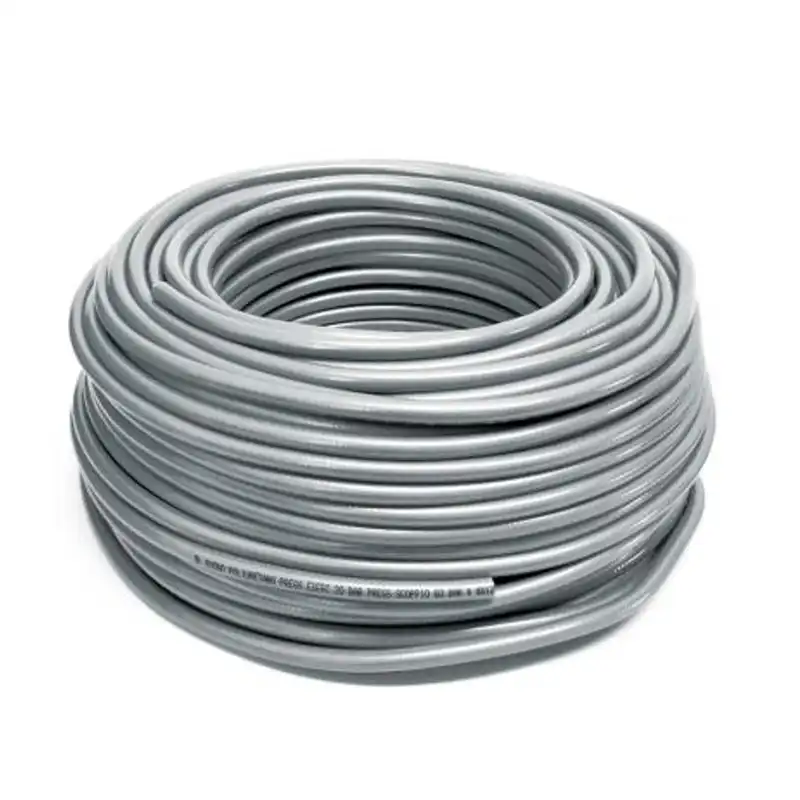Welcome to the comprehensive guide on Flow Line Hose, an indispensable component in numerous industries worldwide.
In this article, we will delve into the myriad applications and benefits of Flow Line Hose, shedding light on its versatility, functionality, and significant contributions across diverse sectors.
From its fundamental definition to its advanced applications, join us in exploring the immense potential of Flow Line Hose and how it revolutionizes various operations.
What Is Flow Line Hose?
Flow Line Hose is a specialized tubing designed for efficiently transferring fluids, gases, or granular materials from one point to another. It’s typically made of a flexible material capable of withstanding various pressures and temperatures.
This flow line hose plays a crucial role in numerous industries, including oil and gas, agriculture, manufacturing, and construction, facilitating tasks such as fluid transfer, chemical handling, and material conveyance. Its flexibility, durability, and adaptability make it a versatile and indispensable component in various applications.
Components of Flow Line Hose

The components of a Flow Line Hose typically consist of three main parts, and this is the flow line hose structure below:
- Inner Tube: The innermost layer of the hose, responsible for containing and transporting the fluid, gas, or material being conveyed. It’s often made of materials compatible with the substance being transferred, ensuring safe and efficient handling.
- Reinforcement Layers: These layers surround the inner tube, providing structural strength and stability to the hose. They are typically composed of materials like textile fibers, wire braids, or synthetic materials, enhancing the hose’s resistance to pressure, abrasion, and deformation.
- Protective Covers: External protective covers encase the reinforcement layers, shielding the hose from external elements such as abrasion, weathering, and chemical exposure. These covers are engineered to withstand harsh environmental conditions, ensuring the longevity and performance of the hose.
Flow Line Hose Applications
Explore the extensive applications of Flow Line Hose across industries, ranging from oil and gas to agriculture and manufacturing. Witness how this versatile component facilitates fluid transfer, chemical handling, and material conveyance, optimizing operational efficiency and minimizing downtime.
Oil and Gas Industry
In the oil and gas sector, Flow Line Hose serves as a lifeline for transporting crude oil, natural gas, and refined products across vast distances. Its resilience to harsh conditions, including high pressures and corrosive environments, makes it indispensable for offshore drilling rigs, refineries, and pipeline networks.
Agricultural Sector
Discover how Flow Line Hose revolutionizes agricultural practices, facilitating irrigation, fertilization, and pesticide application with precision and efficiency. Its flexibility and adaptability enable seamless integration into irrigation systems, enhancing crop yield and resource utilization.
Manufacturing and Construction
In manufacturing and construction, Flow Line Hose plays a pivotal role in material handling, hydraulic machinery, and pneumatic systems. From conveying raw materials to powering hydraulic equipment, its versatility and durability streamline operations, fostering productivity and cost-effectiveness.
Benefits of Flow Line Hose
Uncover the myriad benefits offered by Flow Line Hose, ranging from enhanced flexibility to superior performance and cost-effectiveness. Its unique features and characteristics empower industries to overcome challenges and achieve operational excellence.
Flexibility and Maneuverability
One of the key advantages of Flow Line Hose lies in its flexibility, allowing it to navigate complex terrain and tight spaces with ease. Whether in rugged landscapes or confined industrial settings, its maneuverability ensures seamless fluid transfer and material handling.
Durability and Longevity
With robust construction and high-quality materials, Flow Line Hose boasts exceptional durability and longevity, withstanding harsh environmental conditions and operational stresses. Its resistance to abrasion, corrosion, and fatigue prolongs service life, minimizing maintenance requirements and downtime.
Versatility and Adaptability
Flow Line Hose offers unparalleled versatility, catering to a wide range of applications across diverse industries. Its adaptability to various fluids, temperatures, and pressures makes it an ideal choice for dynamic operating environments, ensuring reliability and performance under challenging conditions.
Cost-effectiveness and Efficiency
By optimizing fluid transfer and material handling processes, Flow Line Hose enhances operational efficiency and resource utilization, resulting in cost savings and productivity gains. Its ability to minimize leaks, spills, and downtime improves workflow continuity and profitability, driving sustainable growth and competitiveness.
FAQs about Flow Line Hose
Can Flow Line Hose withstand extreme temperatures and environmental conditions?
Yes, Flow Line Hose is designed to withstand a wide range of temperatures and environmental conditions, including extreme heat, cold, and corrosive atmospheres, ensuring reliable performance in diverse operating environments.
How does Flow Line Hose differ from traditional piping systems?
Flow Line Hose offers greater flexibility and maneuverability compared to rigid piping systems, making it ideal for applications requiring mobility or adaptability to changing conditions.
Is Flow Line Hose suitable for high-pressure applications?
Yes, Flow Line Hose is engineered to withstand high pressures, making it suitable for a wide range of industrial applications, including hydraulic systems, pneumatic tools, and oilfield operations.
Can Flow Line Hose be customized to specific requirements?
Absolutely, Flow Line Hose can be tailored to meet specific size, length, and performance specifications, ensuring compatibility with diverse applications and operational needs.
How do I ensure proper maintenance and care for Flow Line Hose?
Regular inspection, cleaning, and maintenance are essential to prolong the service life of Flow Line Hose. Avoiding excessive bending, twisting, and exposure to harsh chemicals can prevent premature wear and damage.
What safety measures should be implemented when handling Flow Line Hose?
To ensure safe handling and operation, personnel should receive proper training on Flow Line Hose usage, including proper installation, handling, and storage procedures. Additionally, implementing preventive maintenance and inspection protocols can mitigate potential risks and hazards.
Conclusion
In conclusion, Flow Line Hose emerges as a versatile and indispensable component across various industries, revolutionizing fluid transfer and material handling processes. Its applications range from oil and gas exploration to agricultural irrigation and manufacturing operations, showcasing its adaptability and resilience in diverse environments.
Ready to optimize your operations with top-quality Flow Line Hose?
Visit us today and explore our wide range of high-performance hoses designed to meet your needs. Don’t miss out on the chance to streamline your processes and enhance efficiency. Quote now and experience the difference!



